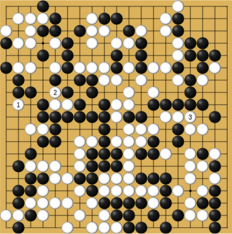Within moments of having laid eyes on Schemselnihar, the Prince of Persia begins “swallow[ing] large draughts of the delicious poison of love.”
The blossoming romance perturbs Aboulhassan Ebn Thaher, a widely respected local druggist in whose shop the lovers’ initial encounter takes place. The Prince of Persia—or more precisely, Aboulhassan Ali Ebn Becar—is “of the blood royal of Persia”, to be sure, and a worthy match for Schemselnihar. It’s the latter’s relationship to the ruling Caliph Haroun Alraschid—she’s widely known as “the first favorite of our sovereign master”—that gives Ebn Thaher pause.
Ebn Thaher warns the prince against his “direful and fatal passion”, which “will plunge you in an abyss from which you can never again extricate yourself.” His warnings assume heightened exigency when a second rendezvous, in Schemselnihar’s personal palace, is cut short by the unexpected arrival of the caliph himself. The pair of visitors narrowly escape in a rowboat on the river Tigris.
The forlorn lovers begin sending each other letters, upon the violation of whose secrecy “the caliph’s anger will first fall on Schemselnihar; the prince will assuredly lose his life,” Ebn Thaher insists. Things become worse when the druggist, acutely perceiving the “dreadful consequences of their proceedings”, abandons Baghdad for Balsora, leaving the lovers without a trusted communication channel.

A scene from Arabian Nights, illustrated by Anton Pieck.
From these events unfolds an intricate network of uncertainty, deception, and trust, bearing, moreover, vital import. Continue reading




